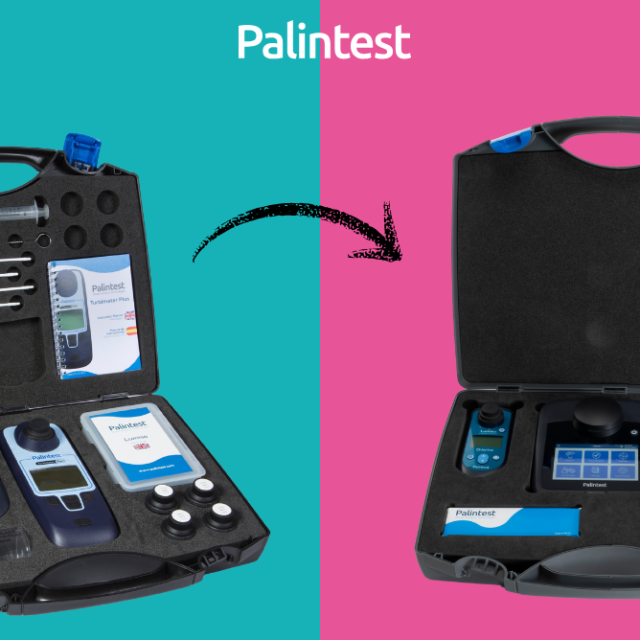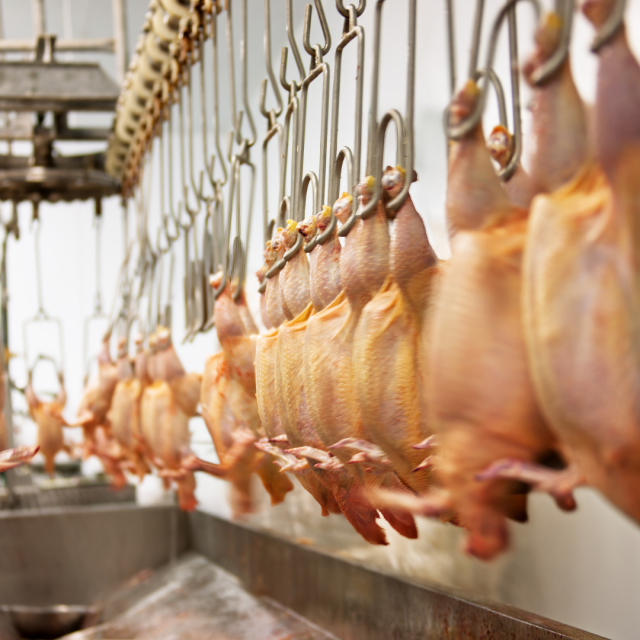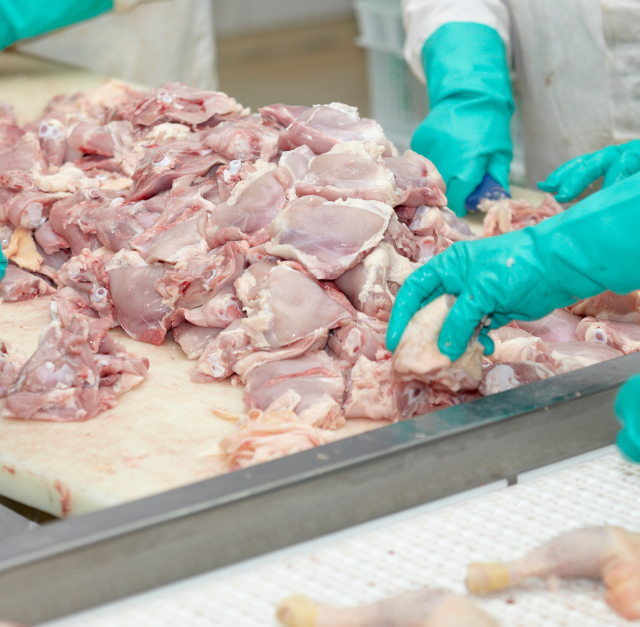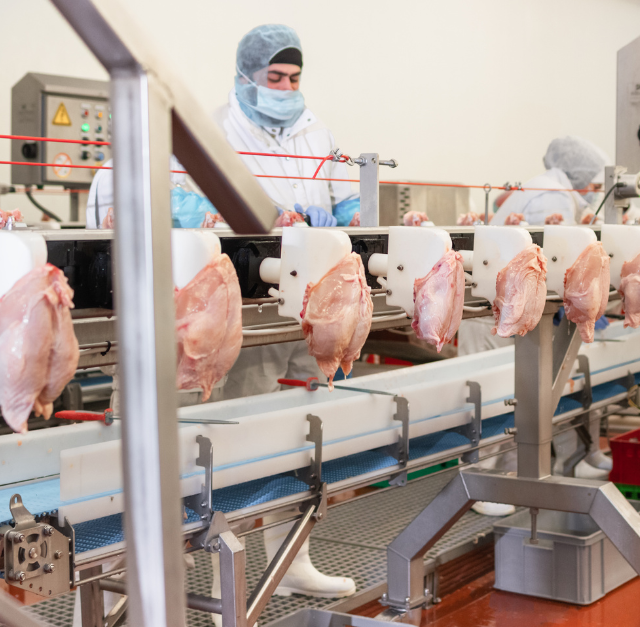
Methods of Testing for Aluminium in Drinking Water and Wastewater
Methods of Testing for Aluminium in Drinking Water and Wastewater
Testing for aluminium in drinking and waste water is essential to ensure safety and compliance with regulations. Several methods are commonly used to detect and measure aluminium levels in water. These methods vary in complexity, cost, and accuracy but all provide valuable information for water quality management.
Atomic Absorption Spectroscopy (AAS)
Atomic Absorption Spectroscopy (AAS) is a widely used method due to its high sensitivity and accuracy. This technique involves measuring the absorption of light by aluminium atoms in a water sample. The sample is vaporised in a flame or graphite furnace, and the amount of light absorbed at a specific wavelength indicates the concentration of aluminium. AAS is suitable for detecting low levels of aluminium and provides precise results. However, it requires specialised equipment and trained personnel.
Inductively Coupled Plasma Mass Spectrometry (ICP-MS)
Inductively Coupled Plasma Mass Spectrometry (ICP-MS) offers excellent sensitivity and accuracy, making it a preferred method for detecting trace amounts of aluminium. In this method, the sample is ionised using a plasma torch, and the ions are then measured using a mass spectrometer. ICP-MS can detect very low concentrations of aluminium, making it ideal for regulatory compliance and detailed water quality analysis. Although highly accurate, this method is also expensive and requires sophisticated equipment and expertise.
Colorimetric Methods
Colorimetric methods are cost-effective and relatively simple to perform. These methods involve adding reagents to the water sample that react with aluminium to produce a colour change. The intensity of the colour is measured using a spectrophotometer, which correlates to the aluminium concentration in the sample. While colorimetric methods are easy to use and do not require expensive equipment, they may be less accurate than AAS or ICP-MS, especially at very low concentrations.
Ion Chromatography (IC)
Ion Chromatography (IC) is a useful technique for separating aluminium ions from other components in the water sample. This method involves passing the sample through a column that separates ions based on their interaction with the column material. The separated ions are then measured, providing a concentration profile for aluminium. IC is effective for analysing complex samples and offers good accuracy. It is, however, more time-consuming and requires specialised equipment.
Electrochemical Testing
Electrochemical testing is an emerging method for detecting aluminium in water. This technique involves using electrodes to measure the electrical potential or current changes in the presence of aluminium ions. Electrochemical sensors are highly sensitive and can provide rapid results. This method is relatively low-cost and can be portable, making it suitable for on-site testing. Although still being refined, electrochemical testing shows great promise for efficient and accurate aluminium detection.
Ensuring Accurate Results
Regardless of the method used, it is important to follow strict protocols to ensure accurate and reliable results. Proper sample collection, storage, and handling are critical to avoid contamination and degradation. Calibration of instruments and validation of methods against standard reference materials are also necessary steps in the testing process. Regular training for personnel and adherence to quality control procedures help maintain the integrity of the testing process.
Various methods are available for testing aluminium in drinking and waste water, each with its advantages and limitations. Atomic Absorption Spectroscopy (AAS) and Inductively Coupled Plasma Mass Spectrometry (ICP-MS) offer high accuracy, while colorimetric methods and Ion Chromatography (IC) provide cost-effective alternatives. Electrochemical testing is an emerging method that promises rapid and sensitive detection. By choosing the appropriate method and adhering to strict testing protocols, water providers can ensure accurate monitoring of aluminium levels, safeguarding public health and maintaining regulatory compliance.




